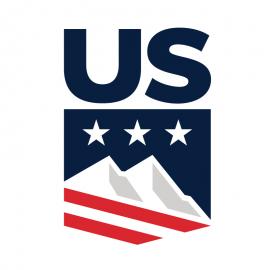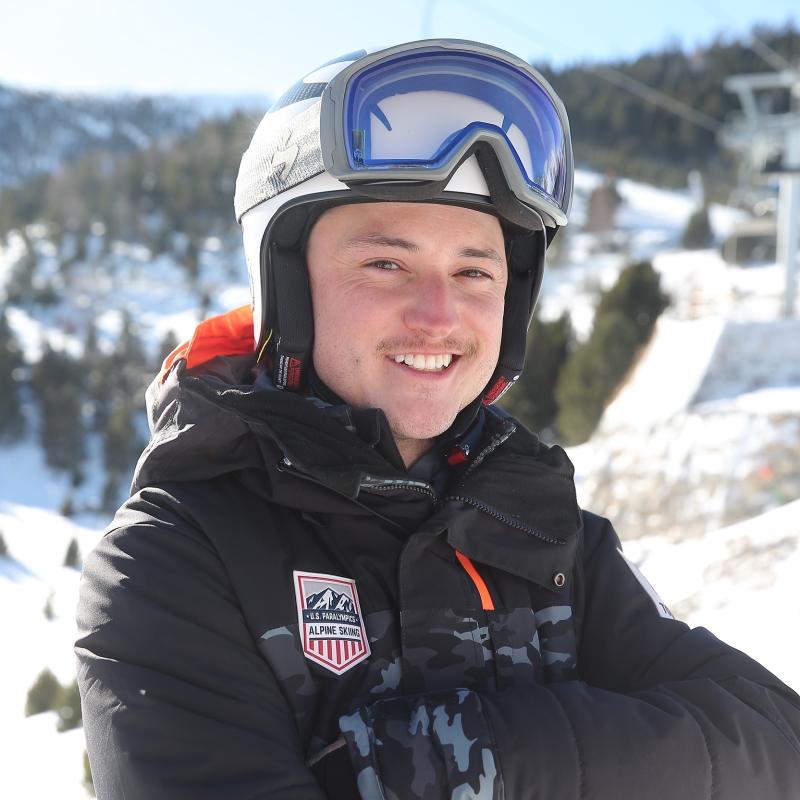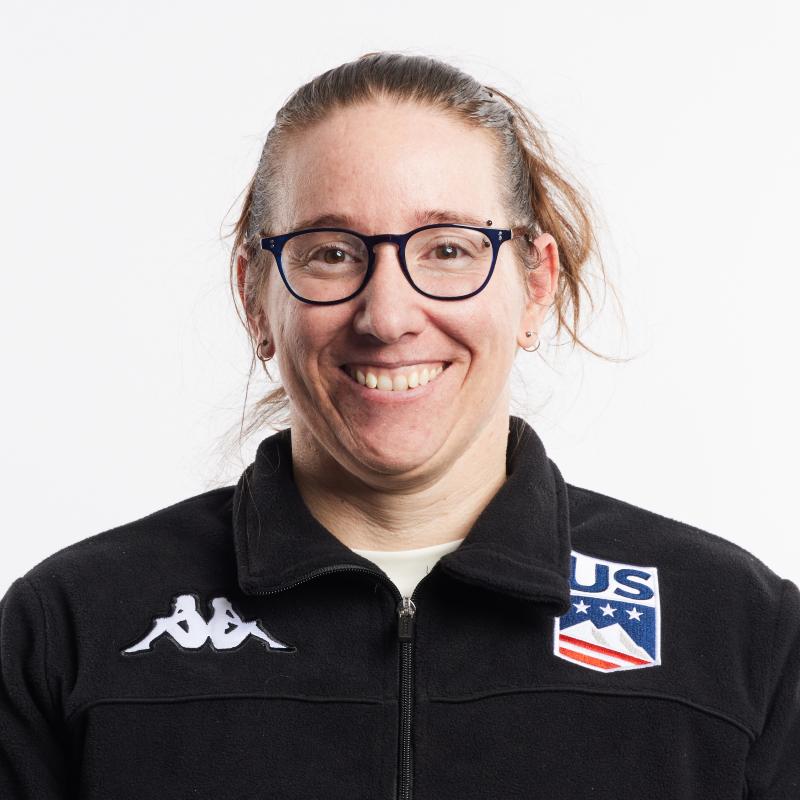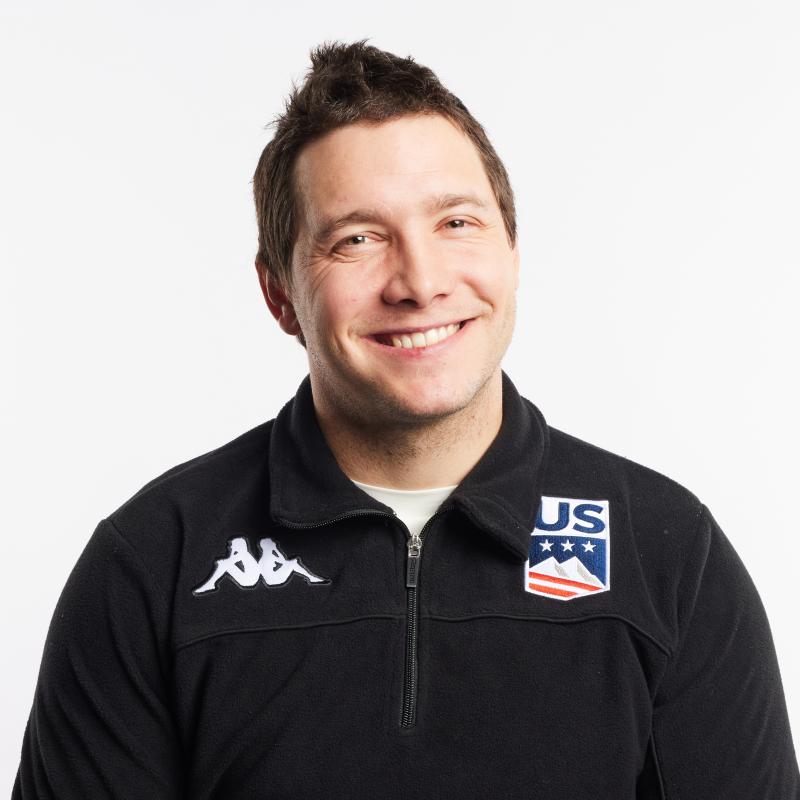Everything You Need To Know About Para Alpine Skiing
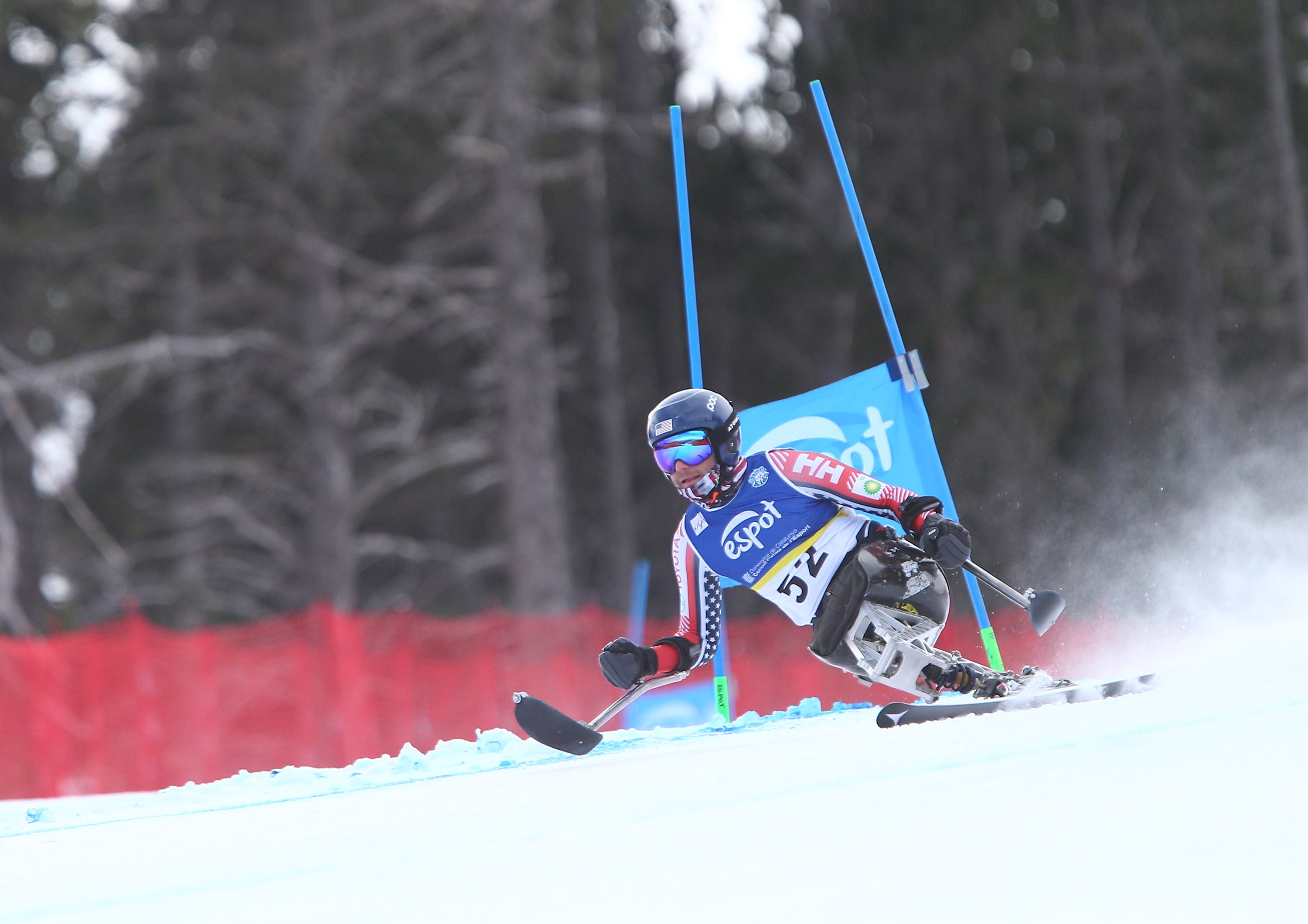
Here’s a breakdown of the events and the classifications featured in Para alpine skiing.
By Luke Hanlon // Red Line Editorial
When the first Winter Paralympics took place in 1976 in Örnsköldsvik, Sweden, alpine skiing was one of two sports on the program, along with cross country skiing. Only standing skiers competed and they raced only in slalom and giant slalom at those Games.
Over the years, events were added for sit skiers and visually impaired skiers, and the program was expanded to include the five races familiar to fans of alpine skiing at the Olympic or World Cup level. As in Olympic skiing, the goal is to navigate a course by skiing around gates and crossing the finish line in the fastest time.
Here’s a breakdown of the events and classifications that make up Para alpine skiing competitions.
Events
Slalom
The most technical of all alpine events, the slalom is all about having the agility to make quick, tight turns. Slalom features the shortest courses, but it has the most gates to pass through. Skiers compete over two runs on two differently set courses over one day to determine the winners.
Giant Slalom
It’s the slalom, but bigger and faster. However, even though the course is longer than a slalom course, it features fewer gates to pass through. Skiers like Thomas Walsh, who won silver in the giant slalom at the 2022 Games, compete in two runs on two different courses. The times are combined to determine the winner.
Super-G
Considered a speed event, super-G is faster than giant slalom while a little more technical than the downhill. Laurie Stephens showed her elite combo of speed and technical ability when she won gold in the super-G at the 2006 Paralympics. There is just one run in super-G and athletes can only inspect, or “slip,” the course prior to the race.
Downhill
The fastest of the alpine races, skiers can reach speeds over 60 miles per hour while competing in the downhill. Downhill courses are steep and long and feature wide turns, all of which allow skiers like 2018 Paralympic downhill gold medalist Andrew Kurka to really get moving. Skiers complete one run down the course, with one training run down the course prior to the race.
Alpine Combined
Intended to test athletes for both their speed and technical ability, this event is made up of two runs — one run of either downhill or super-G and one run of slalom. The two times are combined to determine the winner.
Classifications
Alpine skiers are separated into three groups: sitting, standing and visually impaired skiers. There are additional classifications within each group that skiers compete under.
Those classifications are in place because there are athletes with varying severity of impairments competing in the same race. Times are adjusted accordingly based on classifications to make sure each race is fair for all the athletes.
Standing skiers have nine different classifications, since there are athletes with either upper or lower limb deficiencies. There is even one classification for athletes that have impalements to upper and lowers limbs.
Sitting and visually impaired skiers each have three separate classifications. Sitting skiers only have lower limb deficiencies. Like the name suggests, sit skiers compete in sleds — also called monoskis — in a seated position.
Visually impaired get classified based on their levels of vision. These skiers each compete with a sighted guide that verbally communicates to navigate them down a course.
Luke Hanlon is a sportswriter and editor based in Minneapolis. He is a freelance contributor to usskiandsnowboard.org courtesy of Red Line Editorial, Inc.
